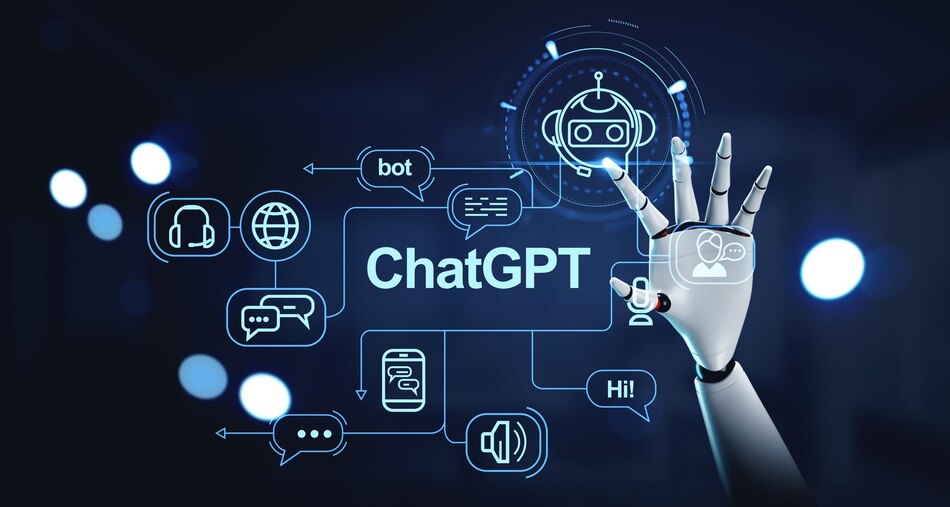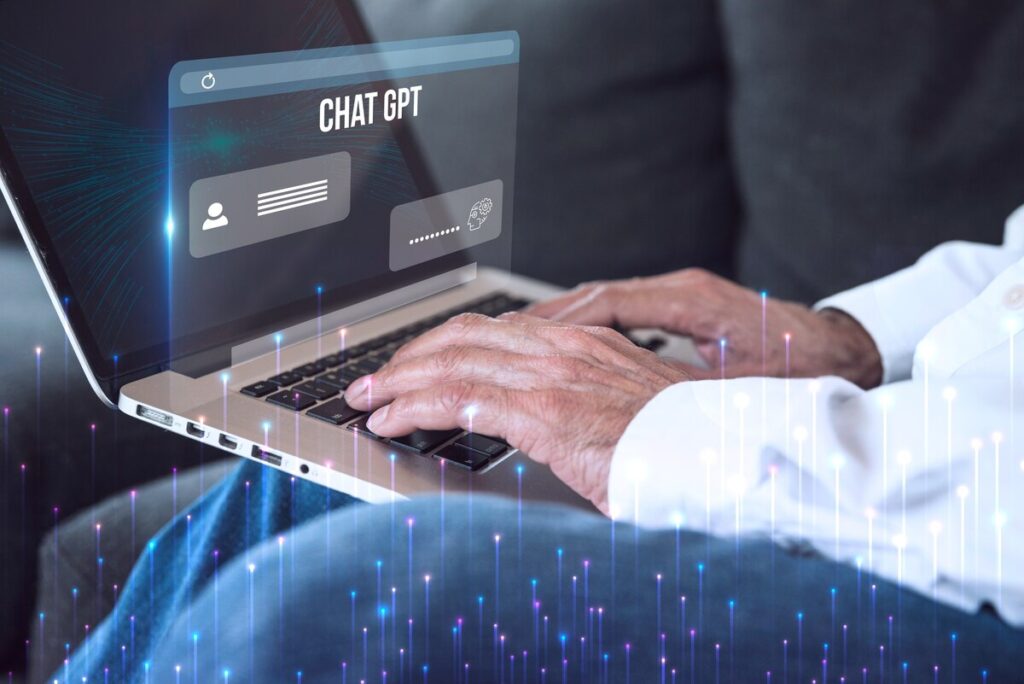Canvas is essential for communication and cooperation in online education’s ever-changing world. A Learning Management System (LMS), Canvas connects instructors, students, and parents online. ChatGPT and other emerging technologies are crucial to information generation. This essay examines Canvas and ChatGPT’s synergy and the consequences of Canvas’s recognition of AI. Let’s dive deep into Can Canvas really Detect ChatGPT?
Understanding Canvas And Chatgpt
Canvas, a popular LMS, is a digital oasis for teachers and students. It simplifies real-time grading, task administration, and collaboration. OpenAI’s ChatGPT uses neural networks to produce information based on user requests to supplement Canvas. ChatGPT’s human-like response to inquiries makes it a dynamic content-creation tool. Canvas and ChatGPT work together to provide a multimodal educational environment that boosts engagement and accessibility, bringing learning into the digital era.
How Canvas Works
Canvas is a robust LMS that streamlines instruction and improves collaboration. Canvas streamlines course, assignment, and grading management for instructors. Teachers, students, and parents may communicate easily using its easy interface. Canvas makes conventional education digital with real-time grading, information distribution, and collaboration tools. This tool helps teachers construct dynamic, engaging learning environments that help students succeed. Thus, Canvas is a cutting-edge educational platform that manages and delivers academic information.
Canvas And AI Detection
Canvas, an LMS, detects abnormalities like AI material consumption to protect assessment integrity. It cannot directly see AI usage, but partner plugins and specified flags can.
Canvas detects AI with nuance. The platform uses additional techniques to monitor AI content. This section examines how Canvas sees AI.
Canvas’s detection technique uses partner plugins to increase inspection. This may detect abnormalities and patterns that may need ChatGPT using these plugins. Canvas improves academic fairness and security with these plugins.
Canvas identifies AI material using predetermined markers or patterns. These indicators recognize unusual writing styles, linguistic complexity, or unexpected sophistication changes in a response. Canvas seeks material that deviates from human practices, like ChatGPT.
Canvas’s AI detection needs to be more reliable. The program struggles to identify human replies from AI-generated ones. Detection techniques must be updated and refined as AI technology evolves.
Despite its shortcomings, Canvas supports academic integrity via Quiz Logs, Lockdown Browsers, and Proctored Tests. These characteristics provide a controlled testing environment and reduce external help during evaluations, but they are not designed for AI detection.
Features Of Canvas To Prevent External Tools
Canvas, a sophisticated LMS, has various measures prohibiting external evaluation tools. These elements strategically protect the assessment process and provide fair and regulated testing.
1. Canvas Quiz Log:
The sophisticated Canvas Quiz Log lets educators track student involvement throughout quizzes and examinations. It details student behaviors, even those beyond the exam context. This contains timestamps, step durations, and Canvas interactions. This log may help instructors spot strange behavior like viewing other websites or utilizing ChatGPT.
2. Lockdown Browsers:
Canvas enables the shutdown of browsers during evaluations to strengthen its protection from external tools. Students cannot rapidly go to other websites or programs in these browsers because they limit keyboard keys and shortcuts. Controlled testing environments with lockdown browsers reduce exam cheating and AI use.
3. Proctored Tests:
Proctored exams improve assessment monitoring in Canvas. Students’ movements and behaviors during proctored exams are recorded. These recordings help instructors guarantee students concentrate on Canvas and not use other applications like ChatGPT throughout the exam.
4. Time Constraints And Randomization:
Canvas lets teachers set time limits for quizzes and examinations. This increases stress and discourages pupils from getting help. Canvas also randomizes question orders for students. This hinders student collaboration and external tool utilization.
5. Controlled Access Codes:
Canvas instructors may use access codes to restrict quizzes and examinations to approved students. This feature improves security, preventing unauthorized users from joining exams and utilizing other tools. Controlled access codes improve evaluation integrity.
Canvas has many methods to block external evaluation tools. From extensive quiz records and lockdown browsers to proctored examinations and deliberate time limitations, Canvas provides a fair and regulated testing environment. This dedication to academic integrity matches the changing world of online education and secure assessment.
Avoiding Detection
Online students using AI technologies like ChatGPT must be cautious to avoid discovery. Canvas’s continuous monitoring makes using external help during examinations difficult. Students may use strategy to traverse this terrain quietly.
One tip is to avoid replicating ChatGPT phrases and sentences. Students should concentrate on extracting and rewriting the main concepts rather than copying the information. They limit the chance of Canvas flags indicating external AI help.
ChatGPT may also be used to generate ideas instead of duplicate material. ChatGPT lets students enter prompts to get perspective on a subject. This offers a customized knowledge of the topic, minimizing the likelihood of creating material that matches AI-generated language.
Even with Canvas’ AI technologies, students should cite responsibly. Citing sources is required when using ChatGPT data. This ensures the ethical usage of AI-generated information and academic integrity by disclosing its source.
Students must be careful even if Canvas does not detect ChatGPT use. Fast typing may raise concerns. They may avoid unexpected accelerations that may indicate automatic help by maintaining a steady typing pace.
Students may use ChatGPT with Canvas if they exercise discretion. Students may use AI technologies without Canvas’s supervision by avoiding direct copying, using AI for idea development, and using transparent citations. This balance ensures technology and education work together to create a positive learning environment.
Conclusion
Canvas is a solid platform for digital learning as educational technology integrates artificial intelligence. Canvas monitors student behavior, even if it doesn’t identify ChatGPT use. The developing dynamics between educational technology and AI need a balanced approach, supporting responsible usage and ethical concerns in using breakthrough tools like ChatGPT in education. Enjoyed our blog on Can Canvas Detect ChatGPT? Read More Articles Here.





